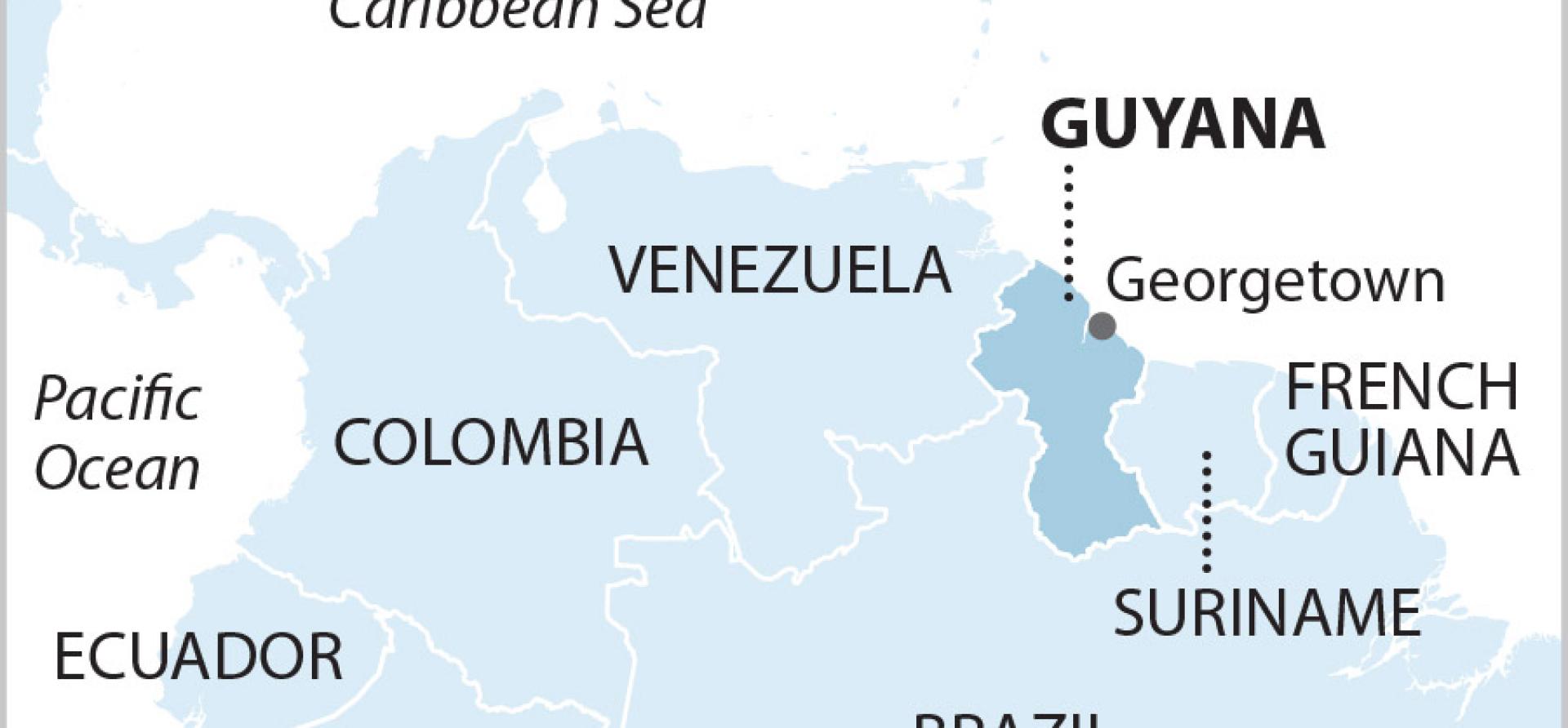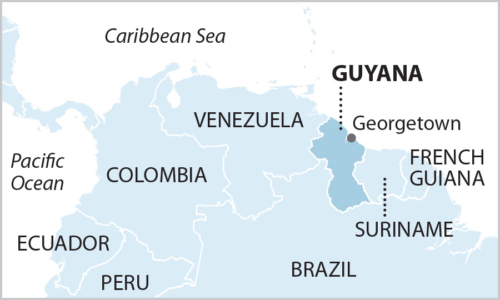IEEFA: Guyana’s oil future relies on ‘lower-than-average governmental take’

 Last week, IHS Markit released an updated analysis of ExxonMobil’s progress in Guyana that projected significant oil and cash flow from the Yellowtail phase of development. The announcement is one of several upbeat reports about the progress of oil and gas development in Guyana.
Last week, IHS Markit released an updated analysis of ExxonMobil’s progress in Guyana that projected significant oil and cash flow from the Yellowtail phase of development. The announcement is one of several upbeat reports about the progress of oil and gas development in Guyana.
Buried in this optimistic assessment was an important insight: The company’s financial success in Guyana hinges on a contract that provide less than the average take compared with other governments.
According to IHS Markit:
“The low breakeven point [under US$30/bbl] insulates from oil fluctuation and other risks. This low breakeven is due in part to low costs and favourable fiscal terms. When compared to the selection of countries that have deep-water projects, Guyana’s projects have been low average government take and cost per oil equivalent, placing them in a competitive position.”
ExxonMobil profits from the deal because its costs are low. Its costs are low because the government of Guyana absorbs them. The key to the contract is that Guyana’s leaders have agreed to a “low average government take.” This factor is presumably the price Guyana is paying to attract large companies like ExxonMobil and Hess.
Guyana is important to ExxonMobil. The company stands to pump a lot of oil and gas in Guyana and make the country a significant player in the global oil market as more mature oil markets—China, Indonesia, Colombia and Mexico—produce less oil. The company is informing investors that Guyana will be a go-to resource for years to come. Guyana and the Permian Basin will be ExxonMobil’s primary assets; the company is likely to sell a good deal of its other reserves (and write off still more).
ExxonMobil, in turn, is important to Guyana. As the company gears up with more economic investment, the Guyana government will receive more revenue. Some observers have even gone so far to say that since there will be billions at play, a low average take is acceptable. There is enough for everyone, presumably.
But business propositions should create win-win scenarios, and this contract is not a win-win. A good, clear, rational justification is in order. IEEFA has published a study that touches on the lower-than-average take for the country. Guyana accepts this imbalance with every invoice approval and every oil company plan for the development of a new field. And, it should be noted that if IHSMarkit remains part of Guyana’s audit team, the government of Guyana will have access to experts who can help them understand the size of their losses.
Is it a stable arrangement when so much wealth will be created and one party is publicly receiving such a short share? Is the market for large oil majors so weak that they must resort to contracts that are based on unconscionable terms? And, for ExxonMobil, is the only way the company can derive an acceptable level of profit from Guyana is by relying on a one-sided contract that few other countries would accept?
If the terms were fair, would it still be attractive to ExxonMobil and the other companies?
There is a crying need for more transparency. How long will it be acceptable for ExxonMobil and the Guyanese government to not disclose the anticipated revenues from the project, how much it costs Guyana to obtain its share, and the size of its share compared to ExxonMobil’s? In September 2019, IHS Markit was hired to perform an audit of costs incurred prior to the contract signing. In February 2021, the audit still does not appear to be completed. When audits are announced publicly to rectify an issue, the public release of the audit findings is usually issued or a good explanation for their absence is offered.
The overall picture offered by analysts and proponents is one of an impending powerful boom in oil production. Several reports are emerging about new well discoveries, low production costs, ExxonMobil’s submission of new plans to Guyana for approval, expectations of new floating production storage and offloading vessel construction, repairs for technological problems, heightened revenue expectations from rising oil prices, and the Guyana’s rising importance to the regional and global oil market.
The many stories filling the airwaves today about Guyana often chatter about earnings in the billions with spending only in the millions. There are, however, no publicly available government or corporate financial disclosures to check these rumors beyond mere gossip. Five years after the signing of the contract, public disclosure at a higher level is important for ExxonMobil’s shareholders who have to be concerned about the company’s weak position and for Guyanese who are interested in what their government is doing with their money.
This information is available and is not being presented to the public. According to the contract Annex C, Sections 4 through 9, ExxonMobil must submit regular reports on production, costs, profit calculations and other basic information to the Guyanese government. Some of the information also predicts future production and revenue targets. These statements presumably are then reviewed or audited by the Guyanese government or representatives like IHS Markit.
Investors are hearing from ExxonMobil and analysts that this is a great deal for them. The public in Guyana hears good things too. But it is hard to agree that Guyana is doing well when international experts tell you that the government’s share of the deal is below average. There is a lot of explaining to do.
Tom Sanzillo ([email protected]) is IEEFA’s director of financial analysis.
Related items:
IEEFA Africa: Is Angola a cautionary tale for Guyana’s oil wealth hopes?
IEEFA: Does Guyana pay when ExxonMobil drills a dry well?
IEEFA report: Oil consortium deal with Guyana far from panacea for country’s ailing finances














